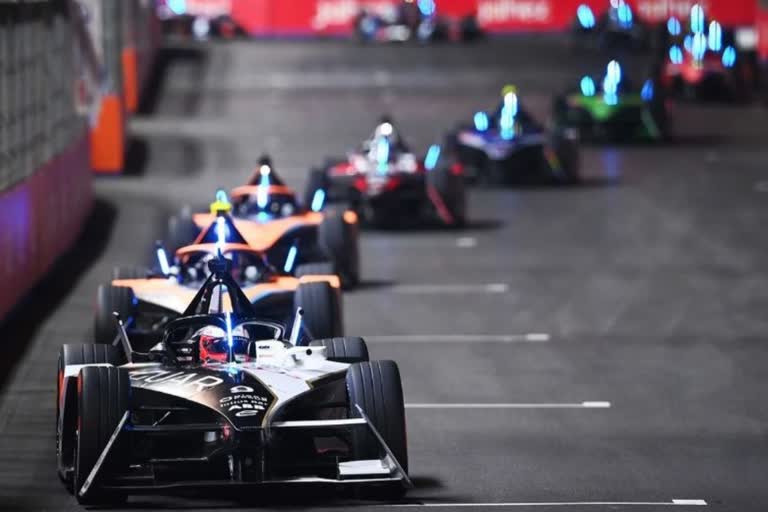Hyderabad:Big-ticket motorsport action returns to India after a decade with Hyderabad becoming the 30th location to host a Formula E race.
Here is all you need to know about the all-electric racing series ahead of its first race in India on Saturday.
How different is it to Formula 1?
Formula E is an electric equivalent of the widely followed Formula 1 which was staged in India from 2011 to 2013. However, other than the Formula' prefix, there is no similarity between the two FIA world championship status events. The hybrid turbo-charged engines in Formula 1 are the epitome of performance while the battery-powered Formula E machines promote sustainability and a greener world.
Formula E is racing with a purpose but its cars have rapidly evolved over the last eight seasons and Gen3 technology has been introduced this season. As the series claims, Gen3 is the fastest, lightest, most powerful and efficient car in its history.
Read: Jadeja applies "ointment on sore finger", triggers debate
It has a top speed of 320 kmph, a 100kmph faster than the first generation cars used from 2014-2017. The Gen2 cars were run from 2018-2022 and they could touch speeds over 280kmph. Since most of the Formula E races are held on the twisty street circuits around the world with not so long straights, top speeds are not reached often.
40 percent of energy produced while braking
In the first season, the batteries could only produce 200kw of power requiring the drivers to swap cars midway into the race. The introduction of the more powerful Gen2 cars meant the cars could last the full race distance. The power output has been increased to 350kw in the Gen3 cars and with regeneration, it could go up to 600kw. More than 40 percent of the energy will come from regenerative braking, an increase of 25 percent over Gen2 machines. The series has a new tyre supplier in Hankook but drivers are not fully satisfied with its performance. The latest cars are also 60kg lighter than the previous generation and weigh at 840kg.
